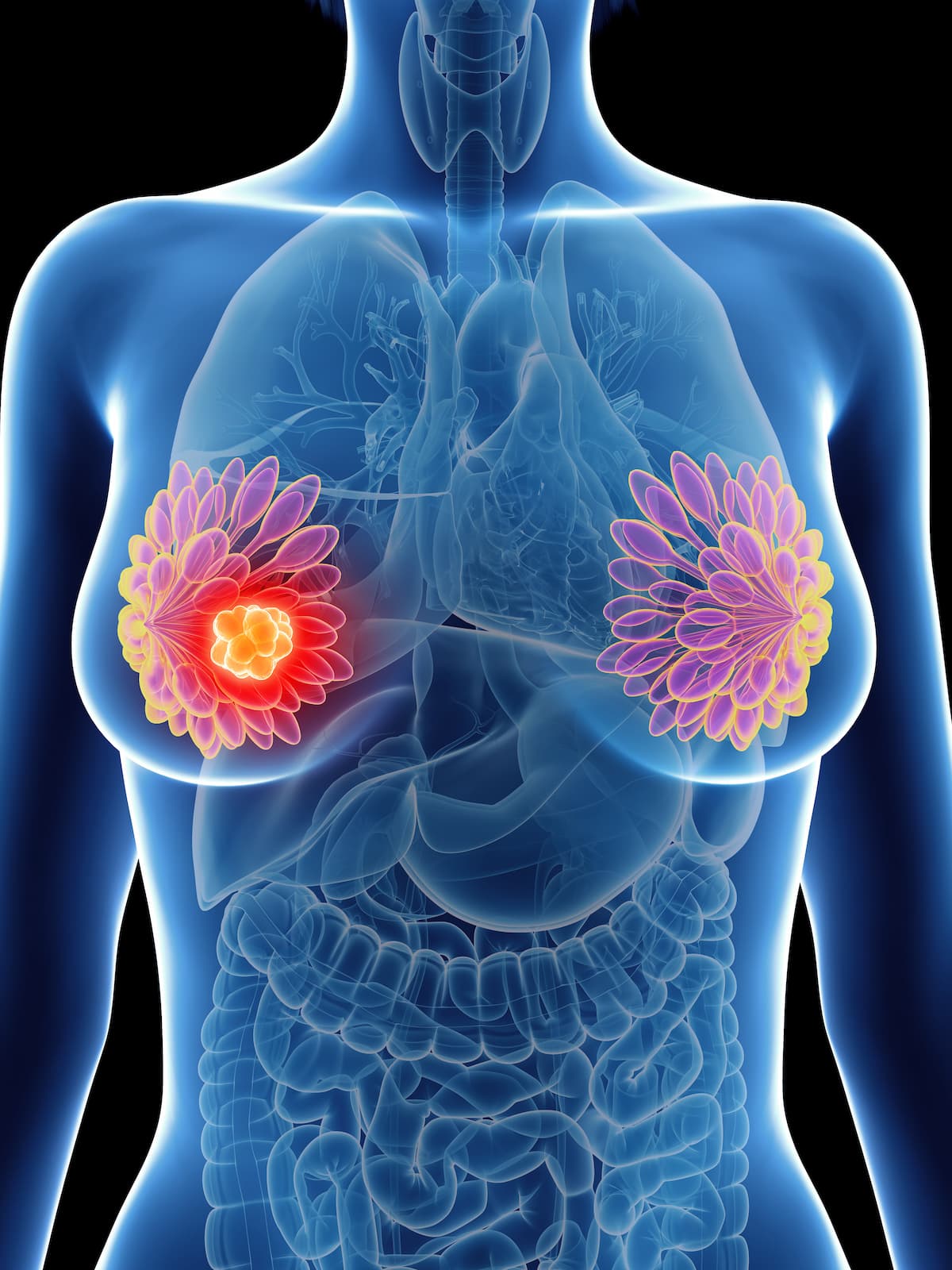Breastfeeding Is Feasible Amid Endocrine Therapy Break in HR+ Breast Cancer
Follow-up data show breastfeeding to be feasible among patients with hormone receptor–positive breast cancer during an endocrine therapy break.
“These data underline the interest of young breast cancer survivors in breastfeeding and reinforce the notion that breastfeeding counseling should be incorporated into their individualized support," according to study author Fedro Peccatori, MD, PhD.

Breastfeeding was found to be feasible for patients with hormone receptor (HR)–positive breast cancer who conceived during a break from their endocrine therapy, according to follow-up results from the POSITIVE trial (NCT02308085) presented at the 2024 European Society of Medical Oncology (ESMO) Congress.1
The median duration of breastfeeding for the first child was 4.4 months (95% CI, 4.0-5.3). Overall, 37.1% of patients breastfed for 6 months or more, 12.8% for 12 months or more, and 1.5% for 24 months or more. It was noted that patients had to restart endocrine therapy treatment within 2 years.
Overall, 196 patients breastfed, of which 66.3% had conservative surgery including contralateral breast only (69.2%), from both breasts (29.2%), and from the affected breasts (1.5%). In addition of the 196 patients, 33.6% had unilateral surgery.
In the POSITIVE population of those with live births (n = 317), breast-conserving surgery vs unilateral mastectomy occurred in 77.8% of patients vs 45.2%, 67.6% were 35 years or older vs 55.7% who were younger than 35, and 66.4% with live births prior to POSITIVE were nulliparity vs 48.5% who were parity.
At a median follow-up of 41 months, the rate of first invasive tumor recurrence (BCFI) at 12 months in those who breastfed was 1.1% (95% CI, 0.3%-4.4%), and for those who did not, it was 1.9% (95% CI, 0.5%-7.5%). The BCFI rate at 24 months was 3.6% (95% CI, 1.5%-8.8%) in those who breastfed vs 3.1% (95% CI, 1.0%-9.5%) in those who did not.
“This is the largest prospective evaluation of breastfeeding frequency, pattern, and impact on BCFI in a cohort of young patients with HR-positive early breast cancer,” Fedro Peccatori, MD, PhD, director of the Fertility and Procreation Unity in the Division of Gynecologic Oncology in the Department of Gynecology at the European Institute of Oncology in Milan, Italy, said during the presentation. “These data underline the interest of young breast cancer survivors in breastfeeding and reinforce the notion that breastfeeding counseling should be incorporated into their individualized support.”
The POSITIVE trial enrolled 518 patients who were 42 years old or younger with HR-positive, stage I to III breast cancer who desired to become pregnant.2 Patients were enrolled in the single-arm prospective trial from December 2014 to December 2019.
Patients received 18 to 30 months of adjuvant endocrine therapy, stopped treatment, and were enrolled within 1 month. A 3-month washout period was enforced. Patients then proceeded for up to a 2-year break to allow for conception, delivery, and potentially breastfeeding. At the end of the 2-year period, patients were to resume completing their endocrine therapy and partake in follow-up for up to 10 years.
During the study, 44 patients had their treatment interrupted due to a breast cancer event, although it was within the safety threshold of 46 events.2 The 3-year incidence of breast cancer was 8.9% (95% CI, 6.3%-11.6%) for those who interrupted their treatment vs 9.2% (95% CI, 7.6%-10.8%) in the control cohort.
The 3-year incidence rate for distant recurrence in the interruption group was 4.5% (95% CI, 2.7%-6.4%) vs 5.8% (95% CI, 4.5%-7.2%) in the control group.
Pregnancy status was reported in 497 patients, with 74.0% being pregnant at least once during the trial. A multivariate Cox model was created to determine the HR for breast cancer events associated with pregnancy, which was 0.53 (95% CI, 0.27-1.04).
Successful pregnancies were observed in 85.7% of patients who were younger than 35 vs 76.0% for those who were 35 to 39 years old. Overall, 43.3% of patients used assisted reproductive technology during the trial.
Competing risks during the resumption of endocrine therapy were outlined as no longer attempting to become pregnant and cancer events. The incidence of first pregnancy with competing risks at 6 months from enrollment was 28.8%, 53.6% at 12 months, and 70.5% at 24 months.
As of the database lock, 63.8% of patients had a live birth, and 86.1% had at least 1 pregnancy. For patients who reported 1 pregnancy, the most common complications were hypertension or preeclampsia (3.8%), diabetes mellitus (2.4%), and placental abnormalities (1.6%). Overall, 7.9% of babies born had low birth weights, and 2.9% had birth defects.
“I think POSITIVE will open the door for more young women to say, ‘I can take a break and try to become pregnant’. At least in the short term, it appears safe. Hopefully, in the long term, we’ll have data that appear safe from a prospective standpoint,” Ann H. Partridge, MD, MPH, vice chair of Medical Oncology; founder and director of the Program for Young Adults with Breast Cancer; director of the Adult Survivorship Program; Eric P. Winer, MD, chair in Breast Cancer Research at Dana-Farber Cancer Institute; and professor of medicine at Harvard Medical School; noted during an interview with CancerNetwork® in 2023.
References
- Azim HA, Niman SM, Partridge AH, et al. Breastfeeding in women with hormone receptor-positive breast cancer who conceived after temporary interruption of endocrine therapy results from the POSITIVE trial. Presented at the 2024 European Society for Medical Oncology Congress (ESMO); September 13-17, 2024; Barcelona, Spain. 1814O.
- Partridge AH, Niman SM, Ruggeri M, et al. Interrupting endocrine therapy to attempt pregnancy after breast cancer. N Engl J Med. 2023;388(18):1645-1656. doi:10.1056/NEJMoa2212856
Newsletter
Stay up to date on recent advances in the multidisciplinary approach to cancer.